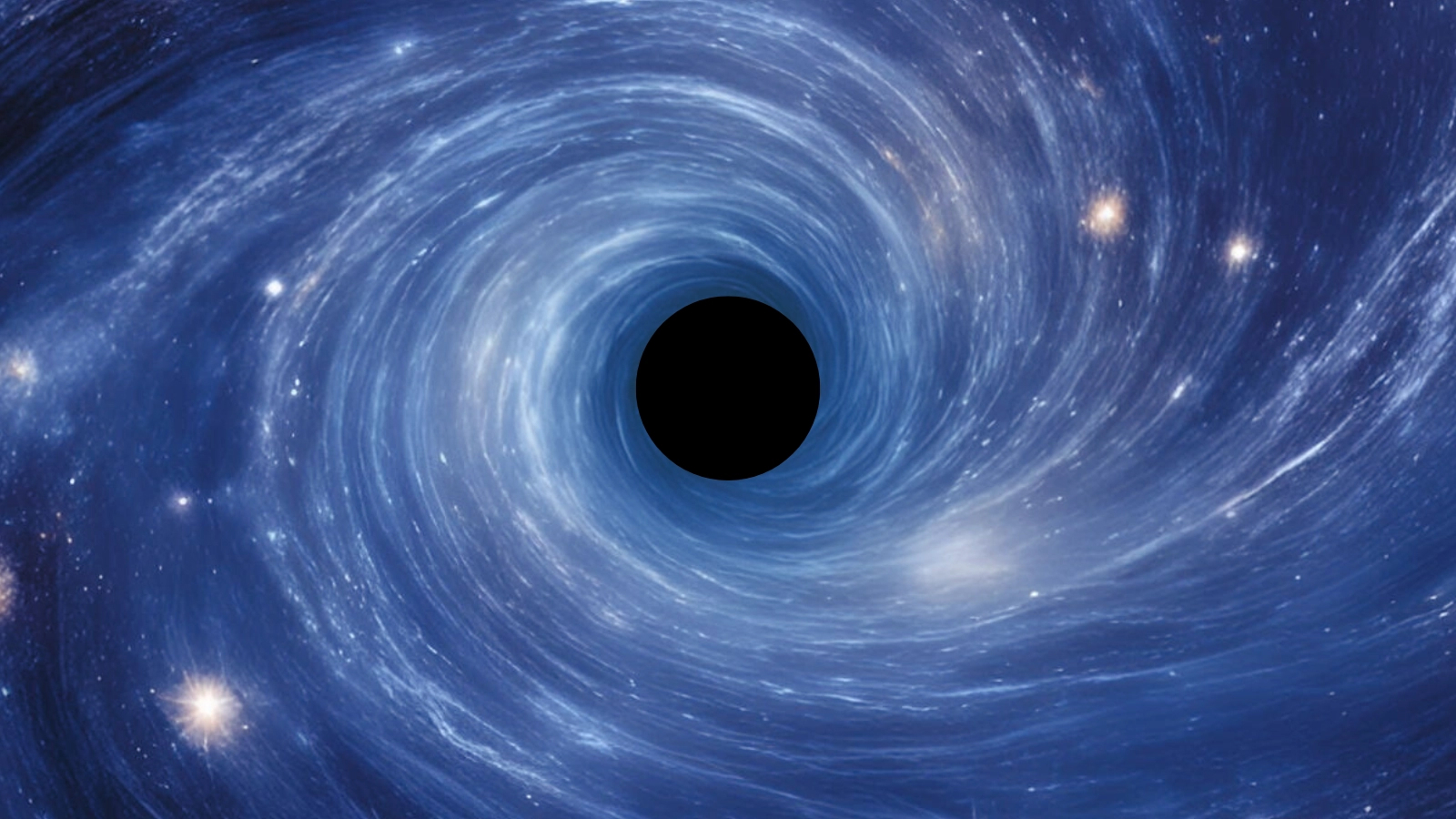When you buy through link on our site , we may earn an affiliate commission . Here ’s how it works .
Thethree - torso problemis a notoriously tricky puzzler in physics and mathematics , and an object lesson of just how complex the natural creation is . Two objects orbiting each other , like a lonesome planet around a star , can be described with just a line or two of mathematical equation . Add a third body , though , and the math becomes much harder . Because each object influences the others with its gravity , calculate a stable scope where all three objects get along is a complex feat .
Now , an outside squad of mathematicians arrogate to have found 12,000 novel solutions to the notorious problem — a substantial addition to the hundred of previously known scenarios . Their work waspublished as a preprint to the database arXiv , meaning it has not yet undergone peer limited review .

One planet orbiting a star? No problem. Two or more planets orbiting a star? Now that’s one of the biggest problems in astrophysics.
More than 300 years ago , Isaac Newtonwrote down his foundational Torah of move , and mathematician have been working on solvent to the three - consistence problem somewhat much ever since . There is no individual right answer ; instead , there are many orbits that can work within the law of aperient for three orb objects .
link : Math ’s ' haired ball theorem ' shows why there ’s always at least one place on Earth where no wind blows
Unlike our satellite ’s unsubdivided loop around the sun , orbits for the three - consistency problem can see twisted and tangled , like pretzel and scrabble . The 12,000 freshly discovered I are no exception — the three hypothetical objects begin at a stand and , when release , are pluck into various spirals toward one another viagravity . They then fling past one another , moving farther by , until the attraction takes over and they once again come together , repeating this pattern over and over again .

The orbits " have a very beautiful spatial and worldly anatomical structure , " star report authorIvan Hristov , a mathematician at Sofia University in Bulgaria , toldNew Scientist . Hristov and colleagues found these area using a supercomputer , and he ’s positive that with even better technical school , he could find " five times more . "
— scientist tried to figure out the secret of the helium nucleus — and terminate up more scattered than ever
— ' The most magical equation in natural philosophy ' : How Paul Dirac by chance revealed the strange man of antimatter

— Oddly heavy molecule may have just broken the dominate model of atom physical science
Three - eubstance systems are quite vulgar in the universe of discourse ; there are pot of genius system with multiple planets , or even multiple stars orbiting each other . In possibility , these new solutions could prove extremely valuable to astronomers endeavor to explain the cosmos . But they ’re only utilitarian if they’restable , meaning the orbital patterns can repeat over time without breaking apart , flinging one of the component part worlds off into quad . Just because they ’re theoretically stable does n’t mean they ’ll stand up to the many other power present in a tangible star system .
" Their strong-arm and galactic relevance will be well know after the study of stability — it ’s very important , " Hristov tell .

Juhan Frank , an astronomer at Louisiana State University who was n’t involved in the work , is skeptical that these orbits will turn out to be stable . They ’re " probably never earn in nature , " he told New Scientist . “After a complex and yet predictable orbital interaction , such three - organic structure systems tend to discover into a binary and an escaping third body , usually the least massive of the three . "
No matter what , though , these solutions are a numerical wonderment . According to Hristov , " stable or unstable — they are of great theoretic involvement . "















